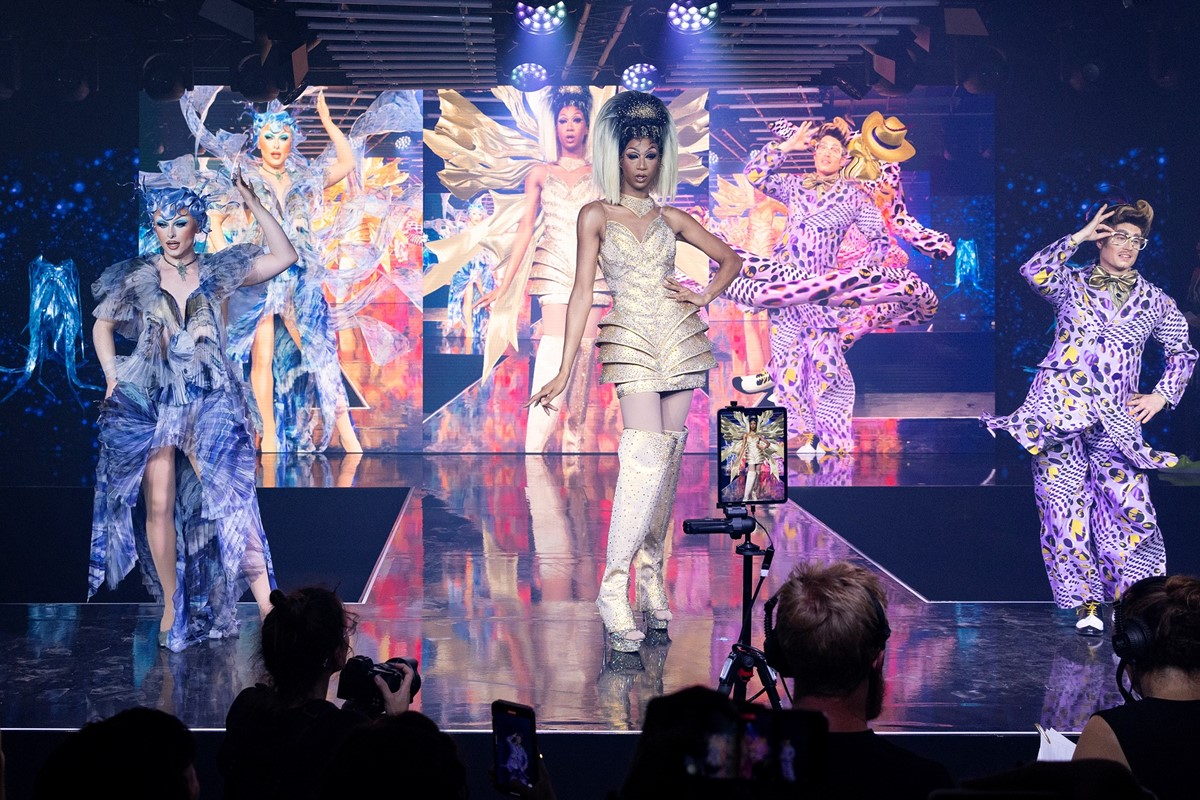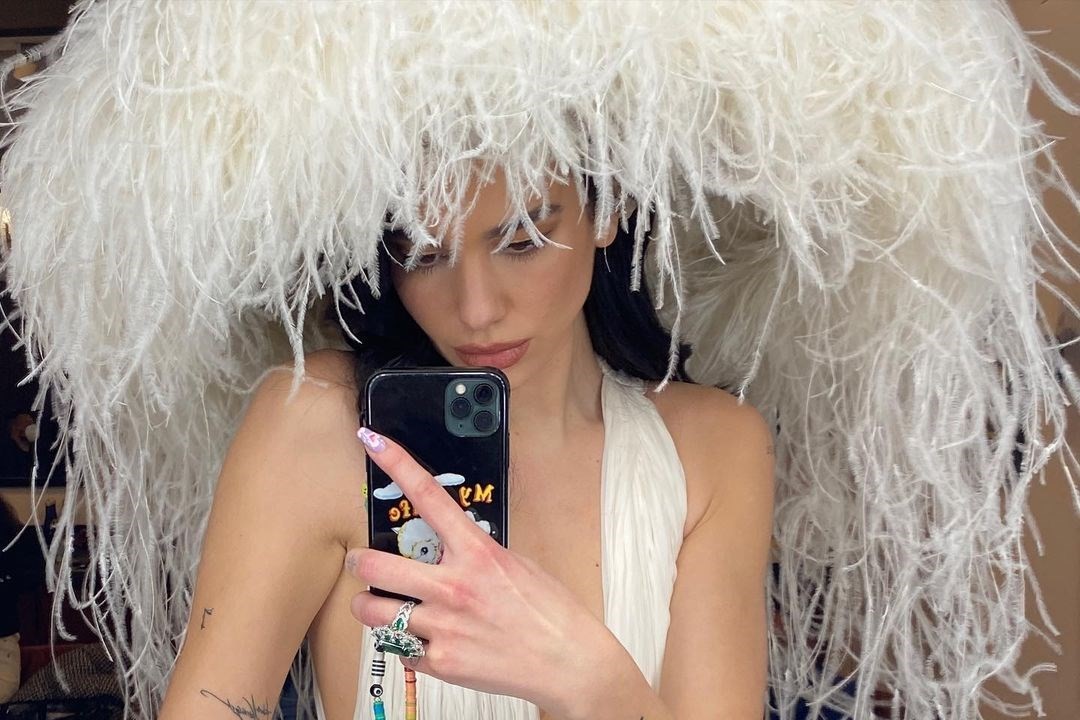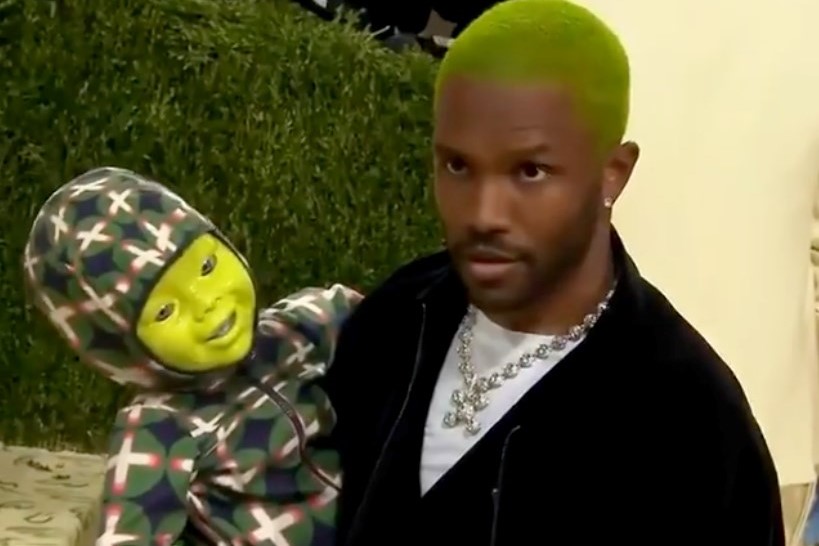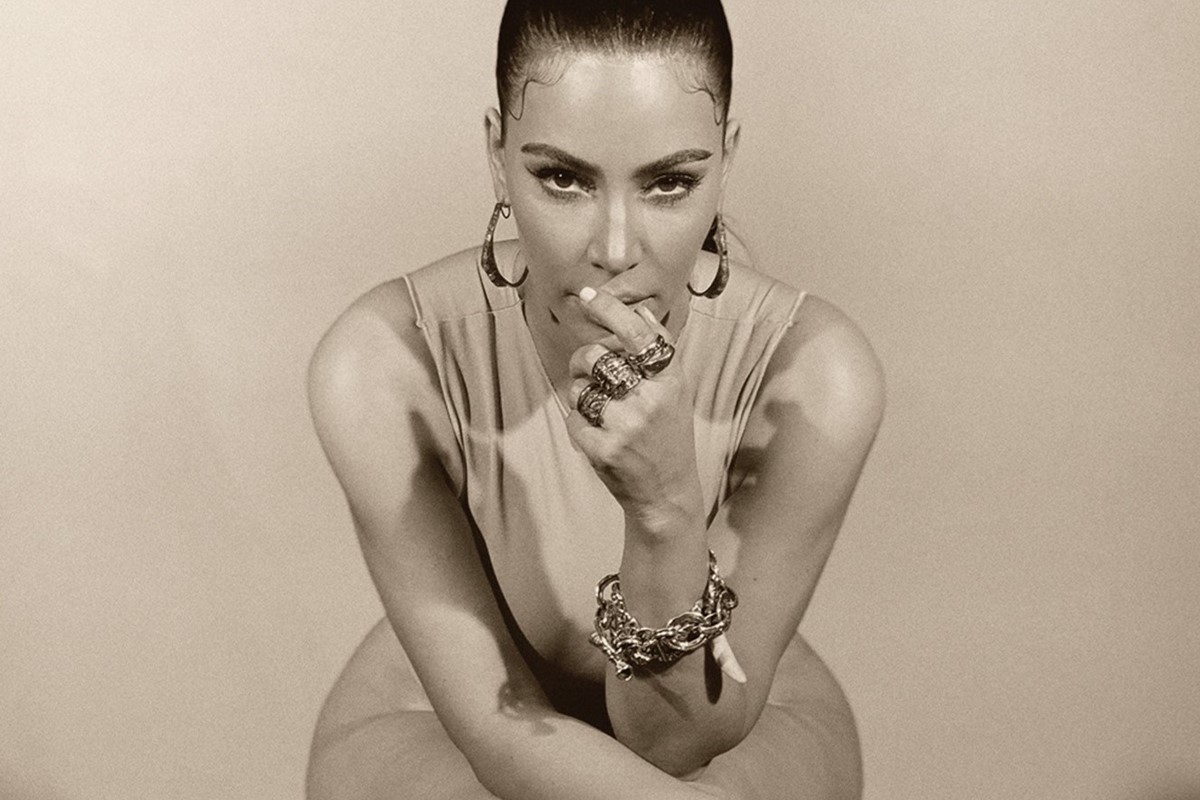
What happens when drag and the metaverse collide?
Meta’s Queens of the Metaverse event saw LGBTQ+ digital designers collaborate with some of the UK’s top drag acts to imagine a future of the art
Meta
Did you know that #dragqueen ranks in the top one per cent of Instagram hashtags followed by people in the UK? No? Well luckily, someone at Meta did, and it’s since spurred an exciting and wholly unique collaboration marrying the iconic trio of drag, fashion and tech. Taking their cue from the data, Meta recently set up three of the country’s most prominent drag acts with three aspiring designers from the LGBTQ+ community, and the results deserve your attention.
The designs made their IRL debut last month at Queens of the Metaverse – a one-of-a-kind, one-night-only affair featuring DJ Fat Tony, dancers in iridescent sequins, and a guestlist that doubles as a who’s who of drag’s finest (The Vivienne, Baga Chipz and the cast of RuPaul’s Drag Race UK S4 were all present and correct). The full looks are the product of Horizon Workshops and Gravity Sketch, and are accessed only via Meta’s virtual reality Quest headsets. On the night, this meant bold garments that – with the help of some additional filters – flashed, zoomed and whizzed in front of our eyes. In the workrooms meanwhile, it meant creating avatars, unlocking new ways to approach design, and testing what the Metaverse could mean for queer people.




“What struck me when we created our avatars was there was no point at which it asked my gender. I just picked what was similar to me,” says drag king deluxe, Adam All. “There was no ‘but what does that mean? What are you?’ and I think that touches on this feeling that gender expression is a fluid, movable, changeable thing that we all interact with all of the time. [The Metaverse] has automatically created a space that makes that possible, which is incredible.” Joining Adam for the ride were Blu Hydrangea, of RuPaul’s Drag Race: UK vs. The World winning fame, and Drag Race UK season two star and pop artist, Tia Kofi. Their creative partners, and now seasoned pros in the realm of the Horizon Workroom, were Christie Lau, Nwora Emenike and Sal Mohammed.
Creating a Superverse Supersuit for Adam, Christie explored the hypermasculine attributes of the classic two-piece. “Adam describes themselves as ‘a man void of toxic masculinity’, and I wanted to create a suit that matches the fun, animated version of masculinity that they embody,” explains the non-binary CSM graduate, whose work typically blends physical and digital fashion. Mirroring the non-binary flag, the suit’s colour palette was a point of particular joy for Adam. “That’s been close to my heart through this whole process, that I’m flying the flag, not just for me but for Christie too.” Of their highlights in the virtual workshop, Christie notes, “The technology feels so intuitive. You can quickly visualise the proportions of the design, shorten a hem, enlarge a sleeve, and it’s so easy. The technology breaks down the barriers to digital making and allows anyone without prior experience to create something beautiful.”

Breaking said barriers is a key component of the Metaverse’s potential, which, as the six-person collab proves, could pull drag into a whole other dimension. Similarly true is that technology is shaped by those who engage with it – visibility, then, is just as important in the virtual world as the physical. “As queer people, it’s really important for us to occupy these spaces,” asserts Tia. “The Metaverse is literally pointing towards the future! It’s our time.”
Such spaces can also offer a certain type of freedom that other avenues don’t. “Yes, there are barriers (the headset and a stable internet connection) but the freedom it gives you to create and to connect is unmatched and priceless,” offers Nwora. “Normally you’d only get that level of access at art school or with a big-budget campaign.”
Non-binary stylist Nwora arrived at Blu Hydrangea’s look while listening to the Kehlani track, “Water”. “I imagined a deity emerging from a splash of water in the middle of a lake, being ethereal and spreading their magic. The Fantasy Dreamscape theme worked because the colours compliment Blu’s complexion, and she is a queen that 100 per cent commits to a fantasy,” they say, advising that the project’s biggest challenge was all the possibilities of the Metaverse. “It’s a growing universe so people are constantly innovating.” Blu was likewise taken with the tech side, telling Dazed, “My favourite bit is the filter. The outfit is gorgeous, but with the AR it’s just really out of this world. Working with Nwora, who is amazing, really took me out of what I normally do and made me feel like a supermodel. I can’t wait to work with them again in the future.
Tia’s floor-length, mermaid hemmed black frock-cum-glitzy gold minidress meanwhile, was engineered via some space-focused research: the starting point was Intergalactic Goddess. “It came from the new images from the James Webb telescope,” says Sal, a genderfluid NHS worker, life coach and hardcore drag fan. “I started thinking about the birth of a star, which starts from darkness and nothingness, and explodes into a whole cataclysmic array of light and sparkle, inspired by Tia’s meteoric rise to fame.”
For Tia meanwhile, the collaboration was a welcome chance to merge aesthetics. “We all have our own aesthetic, but to have someone design something, [and to see all of this] creativity is incredible. It’s the best I’ve ever looked.”



